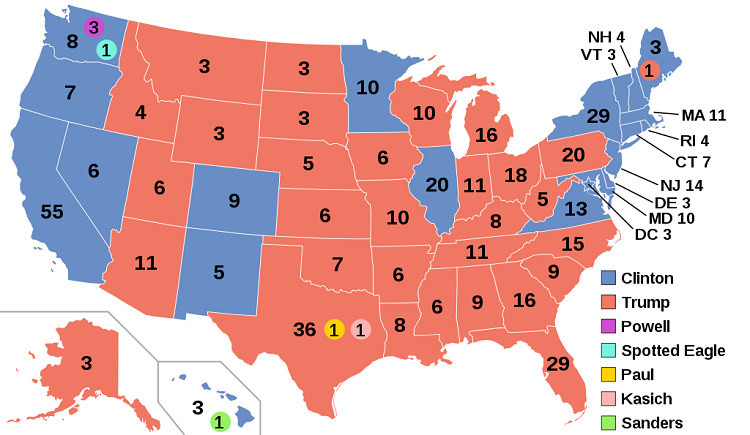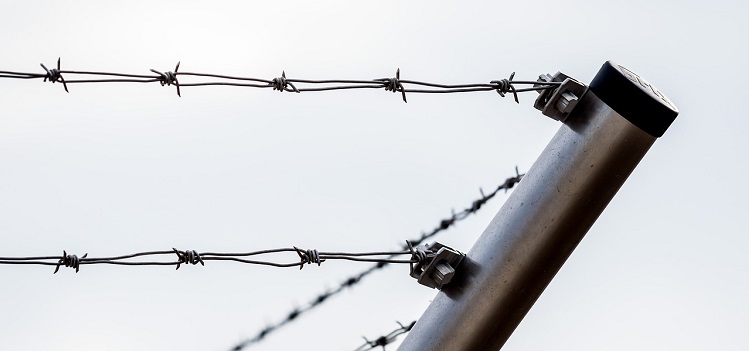Menu
Hot-Topics
May 17, 2022 | SCOTUS Wraps Up Oral Arguments for the Term
Month: July 2020

SCOTUS Unanimously Upholds Faithless Elector Laws
In Chiafalo v. Washington, 591 U. S. ____ (2020), the U.S. Supreme Court upheld state “faithless elector” laws. The justices unanimously ruled that states may enforce an elector’s pledge to support his party’s nominee—and the state voters�...

SCOTUS Issues Landmark Decision on President Trump’s Financial Records
In Trump v. Vance, 591 U. S. ____ (2020), the U.S. Supreme Court ruled that President Donald Trump is not immune to state subpoenas for his financial records. By a vote of 7-2, the Court held that Article II and the supremacy clause of the Constitut...

SCOTUS Rules Montana Funding Program Can’t Exclude Religious Schools
In Espinoza v. Montana Department of Revenue, 591 U. S. ____ (2020), a divided Supreme Court held that the application of the Montana Constitution’s “no-aid” provision to a state program providing tuition assistance to parents who send their c...

Divided Court Rules Trump Administration Can’t End DACA…For Now
In Department of Homeland Security v. Regents of the University of California, 591 U. S. ____ (2020), the U.S. Supreme Court held that the Department of Homeland Security’s decision to rescind the Deferred Action for Childhood Arrivals (DACA) prog...
Previous Articles
SCOTUS Wraps Up Oral Arguments for the Term
by DONALD SCARINCI on May 17, 2022
The U.S. Supreme Court has concluded its oral arguments for the October 2021 Term. The justices hea...
SCOTUS Rules Censure of Elected Board Member Didn’t Violate First Amendment
by DONALD SCARINCI on May 10, 2022
In Houston Community College System v. Wilson, 595 U.S. ____ (2022), the U.S. Supreme Court held th...
Supreme Court Breach Is Not the First Involving Roe v. Wade
by DONALD SCARINCI on
The recent disclosure of Justice Samuel Alito’s decision purporting to overturn Roe v. Wade is ar...
The Amendments
-
Amendment1
- Establishment ClauseFree Exercise Clause
- Freedom of Speech
- Freedoms of Press
- Freedom of Assembly, and Petitition
-
Amendment2
- The Right to Bear Arms
-
Amendment4
- Unreasonable Searches and Seizures
-
Amendment5
- Due Process
- Eminent Domain
- Rights of Criminal Defendants
Preamble to the Bill of Rights
Congress of the United States begun and held at the City of New-York, on Wednesday the fourth of March, one thousand seven hundred and eighty nine.
THE Conventions of a number of the States, having at the time of their adopting the Constitution, expressed a desire, in order to prevent misconstruction or abuse of its powers, that further declaratory and restrictive clauses should be added: And as extending the ground of public confidence in the Government, will best ensure the beneficent ends of its institution.
Awards




